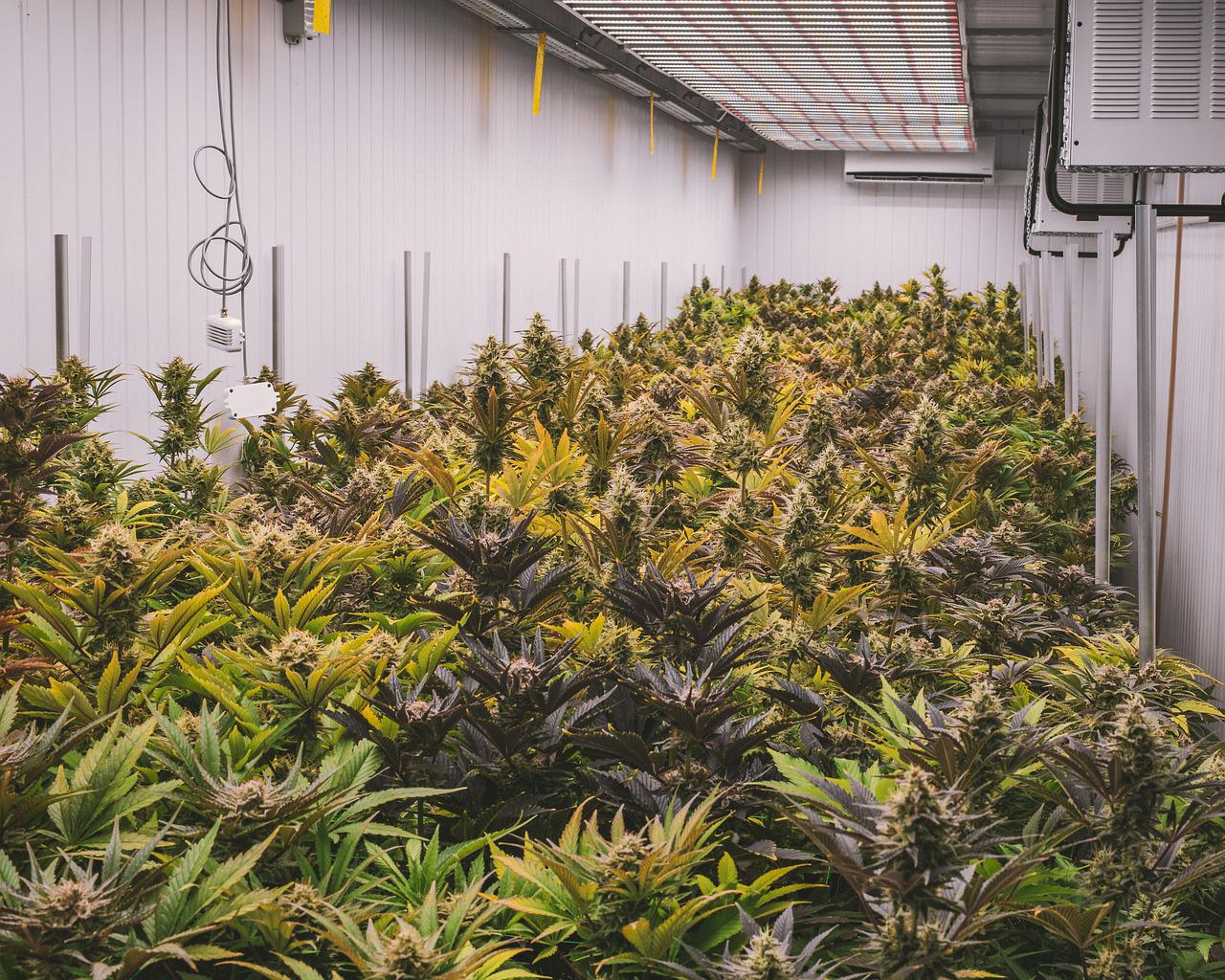Professional Growing Hemp For CBD
There are many important factors to consider when growing hemp for CBD.
You need to be licensed in order to have the legal rights of growing hemp for production.
Outdoor hemp grows only once a year in warm climates, while greenhouse growing allows you to harvest it throughout the year. Plants are trimmed back for a longer vegetative cycle during winter, and then moved into flowering in the spring and summer. The next step is to harvest your crop mechanically.
To grow hemp for CBD, keep these tips in mind.
You will need to plant the hemp in close-spaced rows, with close spacing between plants.
Hemp is a photoperiod-sensitive plant.
Some varieties begin flowering when the day length is less than 12 hours. Most hemp plants are dioecious, with male flowers occurring on separate plants, while monoecious hemp varieties are also available. In addition to being versatile, hemp is used for various purposes.
Those looking for CBD should grow hemp varieties that produce high levels of CBD.
For best results, grow hemp varieties with a lower THC level.
The first step in growing hemp for CBD is to select an organic variety. There are many reasons for this. First of all, it is easier to harvest a high-quality product from organically grown hemp. Hemp plants produce the highest levels of CBD when harvested, so it is essential to grow organically. Second, hemp is a highly renewable crop. You can harvest hemp flowers and seeds, and the seeds will decompose over time, feeding the soil with nutrients and revitalizing it.
Largest Legal Cannabis Farm
In addition to growing hemp for CBD, you can also grow it for other purposes, such as making rope and fabric.
Hemp is versatile, and there are many benefits from growing it. It is easy to grow hemp, but you should be aware of the federal and state regulations.
The Farm Bill section 10113 requires states to submit a plan for hemp regulation to the USDA Secretary.
Once your state approves your plan, you can begin harvesting hemp. You can also apply for a federal license if you live in a state that does not have this regulatory program.
The number of hemp growers has dropped to under 300, and most of them are registering small tracts.
However, some farmers are finding ways to survive in the CBD business.
However, in 2019 the CBD market was saturated, and some farmers were left holding their hemp crops. Many producers were forced to sell their product at low prices because processing facilities had too much product and no money. It's still possible to grow hemp for CBD.
It's just a matter of knowing where to look for it.


